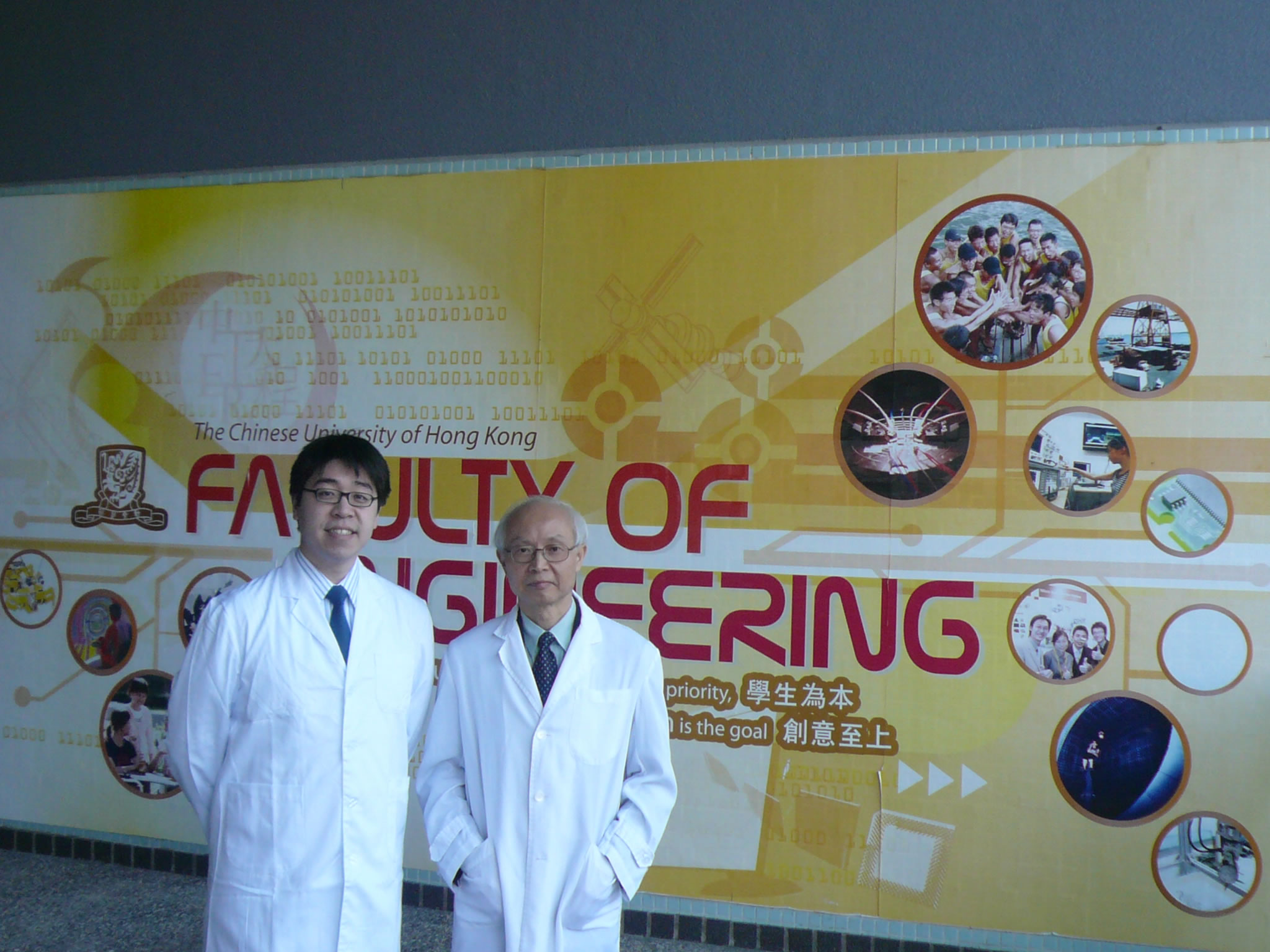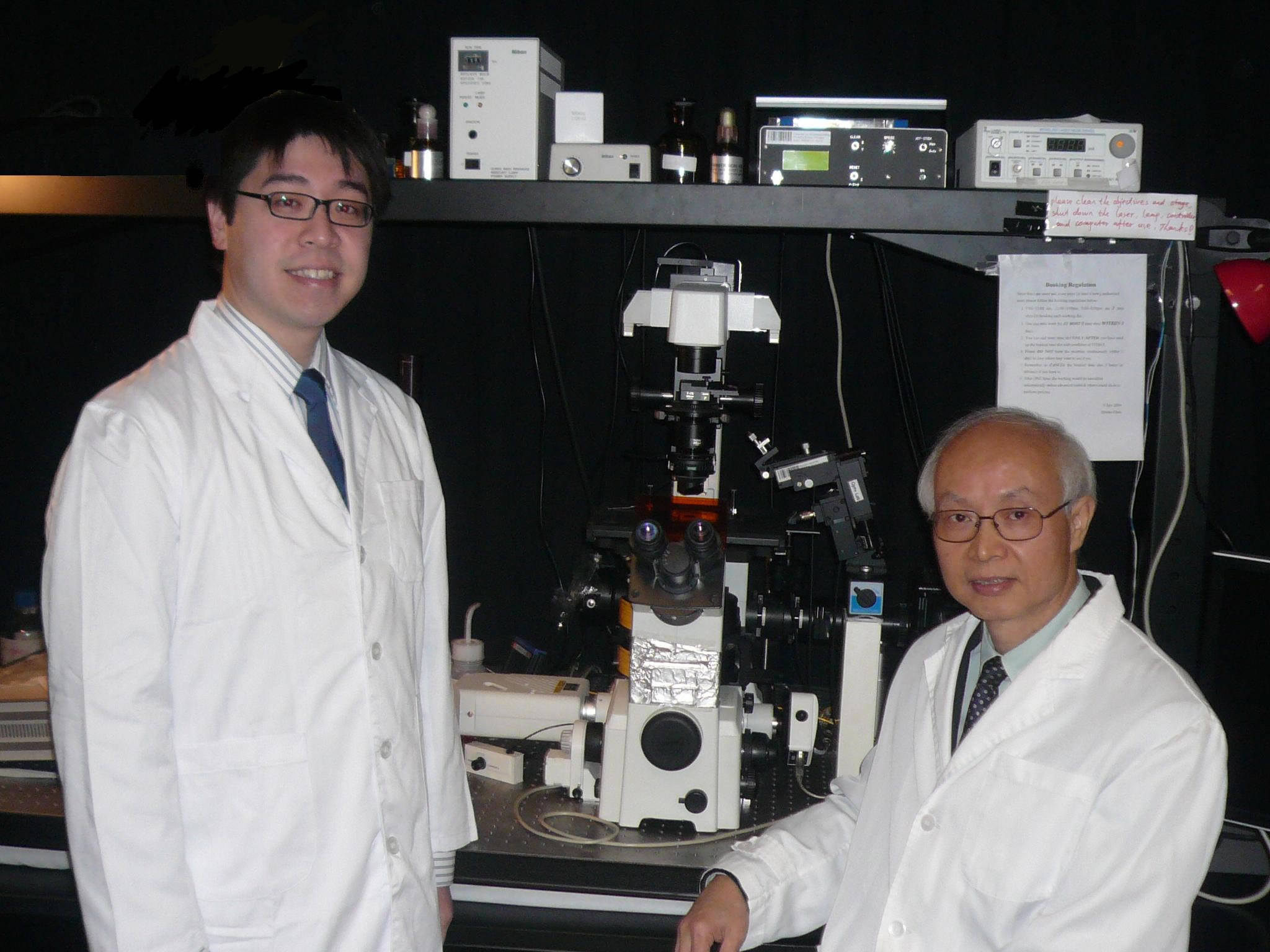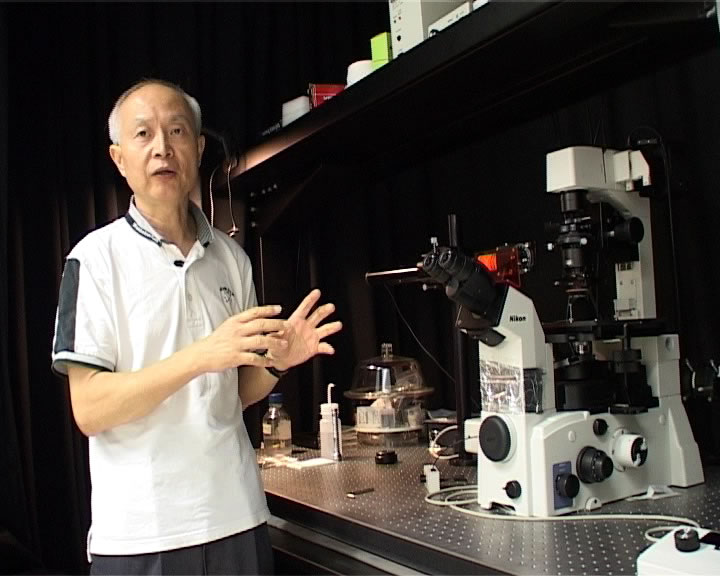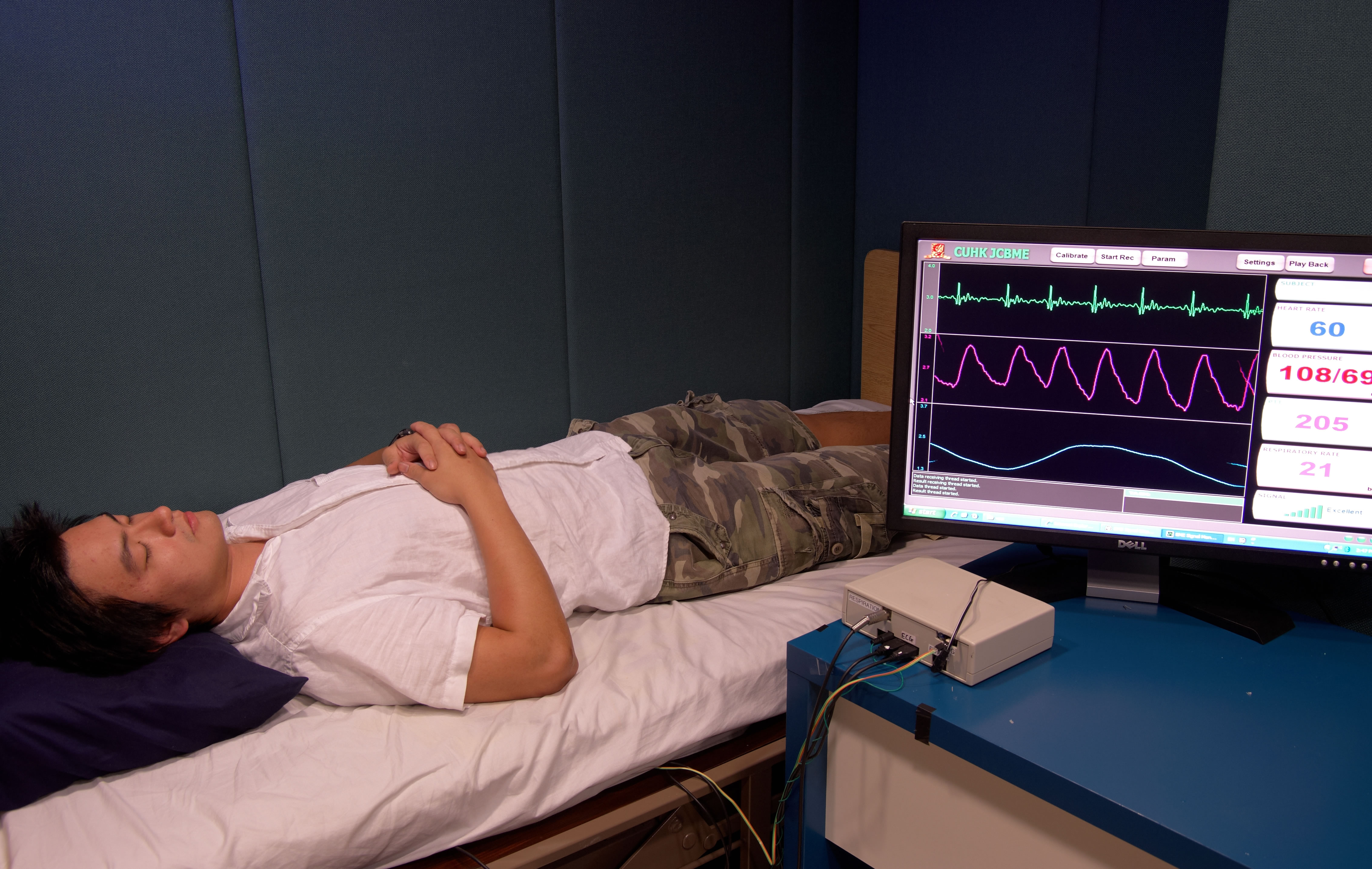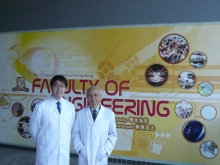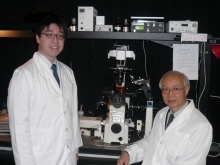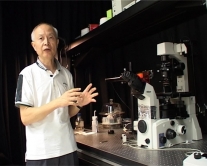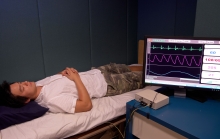CUHK
News Centre
CUHK Launches Bachelor of Biomedical Engineering Programme
According to the U.S. Department of Labor, the biomedical engineering career field is growing at about 26% per year through 2012, one of the few industries with positive growth at times of global economic recession. The demand for local biomedical engineers is also rapidly rising. In response to this need, The Chinese University of Hong Kong (CUHK) will launch a Biomedical Engineering (BME) undergraduate programme in 2010, which is a joint initiative of the Faculty of Engineering and the Faculty of Medicine. Graduates are expected to apply their knowledge to develop and improve biomedical devices, design the IT platforms needed for e-healthcare systems, design electromechanical parts for prosthetics and rehabilitation, as well as design solutions helping medical doctors and scientists to better cure diseases, treat patients and provide preventive medicines/services to the general public. Common medical technologies nowadays such as magnetic resonance imaging (MRI) and angioplasty are the fruits of years of research by biomedical engineers.
Prof. Chan Kam-tai, Programme Director of the BME undergraduate programme, said, ‘Drawing on the previous experience in running the MSc BME programme and leveraging the resources and expertise of the two faculties, the BME undergraduate programme strives to provide the best training to nurture interdisciplinary professionals in biology, medicine and engineering to meet with the growing needs of the medical industry, such as hospitals, medical devices and biotechnology companies.’
The specialty areas in this three-year programme are medical devices and instrumentation, medical imaging, information technology in healthcare, and biomedical sensor technologies. In the first year, courses cover the fundamentals of biomedical engineering, e.g., engineering mathematics, circuit theory, physiology and anatomy, orthopaedics and biomechanics. In the second and final years, students will concentrate on several advanced areas of biomedical engineering. In the final year of study, each student is required to complete a one-year research project on a specialized biomedical engineering topic independently.
Prof. Douglas Yung, a member of the Programme Committee of the BME undergraduate programme, said, ‘The BME programme offers both academic education and practical engineering training. The Work Study Programme under the BME programme offers all students an opportunity to spend 6 months to 1 year of their pre-final year, as a full-time employee of a biotechnology firm, healthcare company, medical equipment manufacturer or hospital of their choice. The student will continue his/her final year of study after the internship. They are also required to complete practical training in the Prince of Wales Hospital.’
Biomedical engineering is a growing industry with a strong career outlook. There are CUHK BME MSc graduates working in hospitals, research institutes, and medical and healthcare companies, as well as pursuing further studies overseas.
Professors of the BME programme are all experts in the medical and scientific fields. Their inventions have won various awards, including the Electro-cardiogram Monitoring Bed Sheet, which prevents sudden death during sleep, designed by Prof. Zhang Yuan-ting of the Department of Electronic Engineering, CUHK. The invention was awarded the Best Lifestyle Gold Award (Home Life and Healthy Living) from the Hong Kong ICT Awards 2008. Another research team led by Prof. Max Meng Qing-hu of the Department of Electronic Engineering was also awarded the annual top award, Best Paper Award, at the 2009 IEEE International Conference on Information and Automation (ICIA) for its paper entitled ‘Image representation and compression for capsule endoscope robot’.
The BME programme now accepts applications from the Early Admissions Scheme, JUPAS and non-JUPAS. It offers 50 admission quotas for the academic year of 2010 and competition is expected to be keen.
For details of the BME undergraduate programme, please visit: http://www.bme.cuhk.edu.hk/ubme_main.html.
| HKCEE requirements | HKALE requirements | ||
| Good grades in any two language subjects | Good grades in Mathematics or Additional Mathematics, Physics and one other science subject (Biology preferred) | Good grades in AS Chinese Language and Culture and Use of English |
Good grades in 2 AL subjects or 1 AL and 2 AS subjects At least two of the AL/ AS subjects must come from the following list: Pure Mathematics, Applied Mathematics, Physics, Chemistry, Biology, Computer Studies, Computer Applications, and Mathematics and Statistics |
Prof. Chan Kam-tai (right), Programme Director of the BME undergraduate programme, and Prof. Douglas Yung, a member of the Programme Committee


